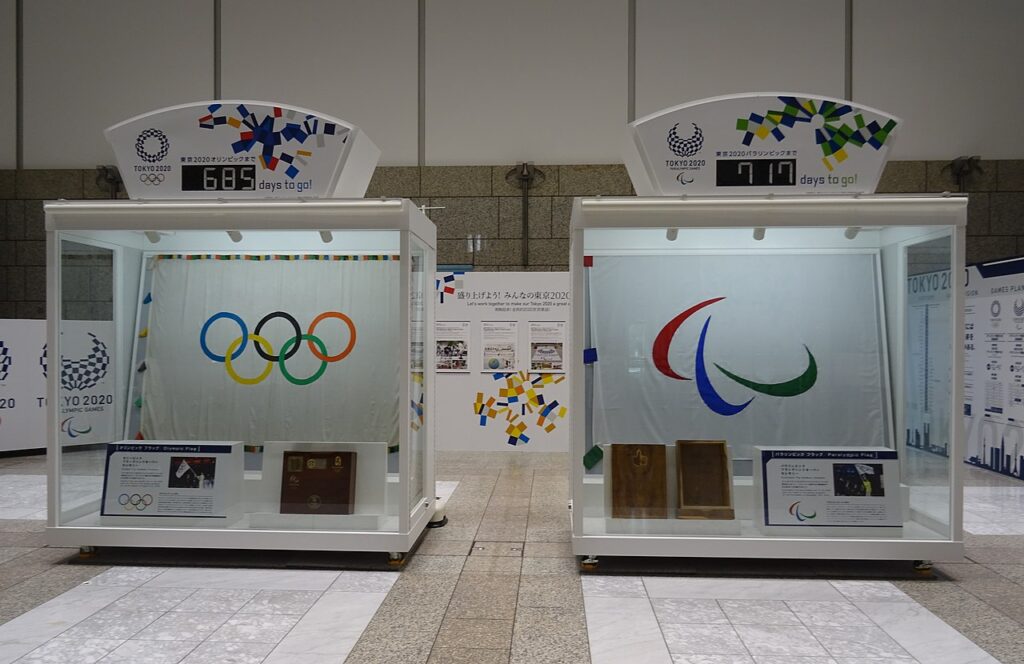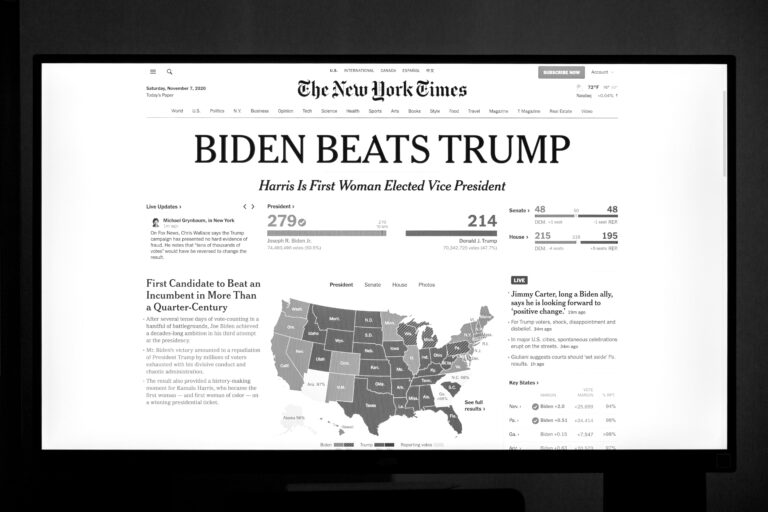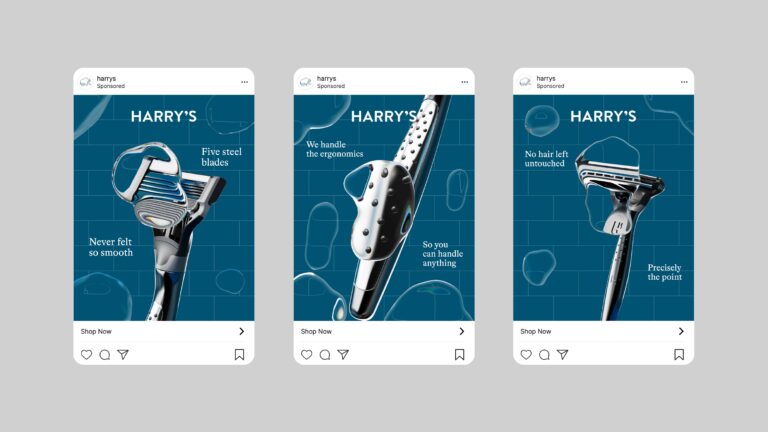
2. When Ambush Marketing Works ✅
Nike at the Olympics (Atlanta ‘96)
In 1996, Nike saturated Atlanta with billboards, athlete gear, and even opened a store near the Olympic Village. Their bold visuals were seen on live TV, so much so that more people believed Nike was the official sponsor than Converse
Samsung ambushing Apple launches
Samsung famously set up pop‑ups during iPhone launches (e.g., iPhone 4S in Sydney), selling its Galaxy phones to on‑lookers and bidding for search keywords—turning a launch event into its own brand moment
Coca‑Cola’s “Happiness Machine”
Though technically guerrilla marketing, Coca‑Cola’s vending-machine surprises in malls created huge buzz and feels like ambush—underground, organic, and viral .
3. When It Backfires ❌
Cartoon Network’s “Aqua Teen Hunger Force”
Placing LED “bombs” in U.S. cities caused panic and cost $2 million in compensation—misjudging public perception led to its downfall
Bavaria Beer at 2010 FIFA World Cup
Women wearing branded miniskirts were ejected from stadiums. Though unintended, the commotion earned Bavaria worldwide attention—controversy turned marketing win
🧭 Strategic Lessons from These Cases
- Know your context and audience
What works for Nike might crash for others. Coca‑Cola hit the right tone. - Legal boundaries matter
Clean zones and trademarks can derail your plan. Samsung kept it subtle; Cartoon Network ignored the risks. - Balance boldness with responsibility
NASCAR-friendly stunts? Yes. Scary “bombs”? No. - Earned exposure beats paid placement
Vibrant stunts & clever messaging can ignite social amplification at zero sponsorship cost.


